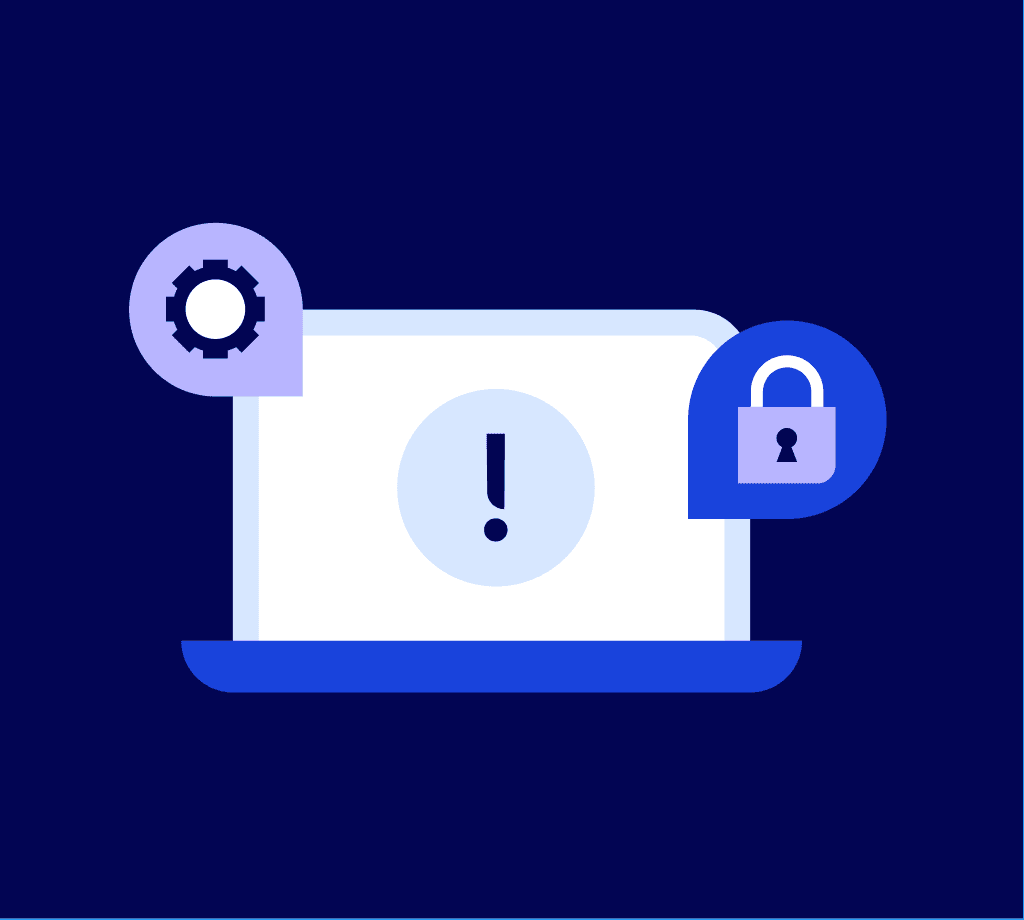Preparing for the unexpected, no matter how improbable the scenario, is critical to running a successful business. The Covid-19 pandemic emphasized the importance of this. The economic volatility that has followed is causing business owners to reevaluate their plans further. Now’s a better time than ever to review your business continuity plan to stay prepared for the next disruption.
What is a business continuity plan?
Disruptions can be events like pandemics, cyber-attacks, and natural disasters that unexpectedly disrupt the operations of your business. A business continuity plan is a document that clearly outlines what your company should do if a disruption occurs. The plan should include procedures, processes, and protocols that can minimize the impact of the situation on your business and your customers.
Why business continuity planning is important
Proper planning can help keep your business running smoothly in the wake of unforeseen events. A business continuity plan can limit damages, protect the reputation of your business, and get the company up and running as quickly as possible. This can minimize financial losses and, in some cases, help businesses comply with legal and regulatory requirements.
What is a disaster recovery plan?
A disaster recovery plan focuses on repairing IT infrastructure after a disruption. The most common use of a disaster recovery plan is to restore critical systems and applications following a cyber-attack. The primary goal of a disaster recovery plan is to minimize data loss and ensure that your company is not permanently damaged by a data breach.
Business continuity plan vs. disaster recovery plan
A disaster recovery plan focuses mostly on restoring IT infrastructure after a crisis, and it’s just one part of your business continuity plan. Business owners should look at all aspects of the business when putting together contingency plans for a disruption. Each component that is critical to ongoing operations should have its own section, so your business continuity plan is as comprehensive as possible.
Steps to create a business continuity plan
Preparing for an unexpected disruption requires careful planning and coordination across business functions. The following steps will help your business create an effective business continuity plan.
1. Identify potential issues
There are two stages to this. The first is to identify the types of disasters that could impact your business. Examples of this could include flooding, cyber-attacks, or power outages. Issues that affect your people, like a pandemic for instance, should also be considered. Think of these as the “what.” Once you determine the “what,” figure out exactly “where” that impact will be felt.
By identifying your business’ vulnerabilities, you can try to account for every possible scenario. For example, the Covid-19 pandemic was unprecedented, but some businesses were able to act quickly because they had a plan in place for the unthinkable.
2. Assess critical business functions
Conduct a business impact analysis that identifies essential business functions and processes that you’d need to restore quickly after a disruption. Examples of this are the IT infrastructure if your company is heavily dependent on technology, or reopening the kitchen for your restaurant as soon as possible. “Critical” is often synonymous with “revenue generating.” For the retail and ecommerce industry, an online ordering system would be one of the first things you’d want to address.
Once you’ve listed everything out, you can prioritize your recovery time objectives and figure out the resources it’ll take to get you back on track. As you estimate resourcing, it could be a good idea to set some funds aside for emergencies––which you can easily do if your business checking account offers sub-accounts. That way, you’ll know you have emergency funds at the ready, and they’ll stay separate from the rest of your budget.
3. Develop a response plan
This is where you build strategies and solutions to mitigate the risks and minimize the impact of a disruption. You can accomplish this by forming backup plans, redundancies in processes or systems, and/or alternative work arrangements.
Many businesses chose to have their employees work remotely during and even after the pandemic. Remote and hybrid work models are just one example of responding to a disruption. Another good example is how many restaurants immediately expanded their services to include delivery—or be available on food delivery apps—when they couldn’t host guests in their brick-and-mortar locations.
Your business continuity plan should include “what if” scenarios that clearly outline your response to certain situations. It’s also important to include instructions on how to communicate those response plans to key leaders and internal stakeholders, as well as customers, vendors, partners, and the press.
4. Train your team
Once your strategies and procedures are documented, it’s time to roll it out your leadership team—and potentially all employees, depending on the size and structure of your company. Make sure everyone in a key position is properly trained and knows the ins and outs of your business continuity plan to ensure a swift and effective response to any disruption.
This also includes educating key members of your team on how to respond to media inquiries.
5. Test and update your plan
When it comes to testing your business continuity plan, there’s nothing better than a live simulation. We’re not suggesting you flood the basement or hack your own systems—there are plenty of other ways to simulate a real-life business crisis.
Think creatively and drill your team on how to respond to a disruption. It’s also a good idea to do some seminars and frequently update contact information. By pressure-testing your plan multiple times a year, you’ll be able to identify opportunities for improvement. Then, with the right business continuity plan in place, you’ll be able to respond to disruptions swiftly, effectively, and confidently.
